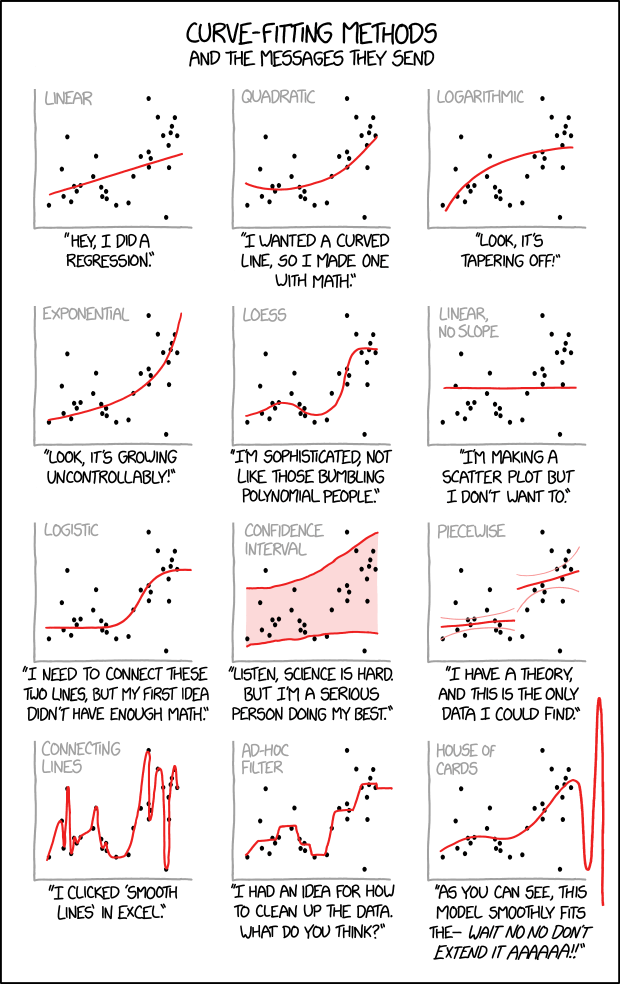From TPM:
Brian Kemp Is Blocking 53K Applicants From Registering To Vote, Most Of Them Black
By Cameron Joseph
Georgia Secretary of State Brian Kemp’s (R) office is blocking 53,000 people from registering to vote, according to records obtained by the Associated Press, a huge number that could sway his gubernatorial race against Democrat Stacey Abrams.
As TPM laid out this morning, Kemp has used a controversial “exact match” program to approve or block voter registrations that disproportionately impacts minority voters.
Now we know exactly how many people that might affect this election. According to the AP, fully 70 percent of the voter applications that are being held up by Kemp’s office are from black people.
Tuesday, May 3, 2016
Context only counts if it shows up in the first two dozen paragraphs
The New York Times has a good piece on the impact of voter ID laws but I do have a problem with a few parts (or at least with the way they're arranged).In the third paragraph, we have two conflicting claims that go to the foundation of the whole debate. If election fraud is a significant problem, you can make a case for voter ID laws. If not, it's difficult to see this as anything other than voter suppression. This paragraph pretty much demands some additional information to help the reader weigh the claims and the article provides it...
Stricter Rules for Voter IDs Reshape Races
By MICHAEL WINES and MANNY FERNANDEZ MAY 1, 2016
SAN ANTONIO — In a state where everything is big, the 23rd Congressional District that hugs the border with Mexico is a monster: eight and a half hours by car across a stretch of land bigger than any state east of the Mississippi. In 2014, Representative Pete Gallego logged more than 70,000 miles there in his white Chevy Tahoe, campaigning for re-election to the House — and lost by a bare 2,422 votes.
So in his bid this year to retake the seat, Mr. Gallego, a Democrat, has made a crucial adjustment to his strategy. “We’re asking people if they have a driver’s license,” he said. “We’re having those basic conversations about IDs at the front end, right at our first meeting with voters.”
Since their inception a decade ago, voter identification laws have been the focus of fierce political and social debate. Proponents, largely Republican, argue that the regulations are essential tools to combat election fraud, while critics contend that they are mainly intended to suppress turnout of Democratic-leaning constituencies like minorities and students.
More than twenty paragraphs later.
Mr. Abbott, perhaps the law’s most ardent backer, has said that voter fraud “abounds” in Texas. A review of some 120 fraud charges in Texas between 2000 and 2015, about eight cases a year, turned up instances of buying votes and setting up fake residences to vote. Critics of the law note that no more than three or four infractions would have been prevented by the voter ID law.
Nationally, fraud that could be stopped by IDs is almost nonexistent, said Lorraine C. Minnite, author of the 2010 book “The Myth of Voter Fraud.” To sway an election, she said, it would require persuading perhaps thousands of people to commit felonies by misrepresenting themselves — and do it undetected.
“It’s ludicrous,” she said. “It’s not an effective way to try to corrupt an election.”
I shouldn't have to say this but, if a story contains claims that the reporter has reason to believe are false or misleading, he or she has an obligation to address the issue promptly. Putting the relevant information above the fold is likely to anger the people who made the false statements, but doing anything else is a disservice to the readers.













